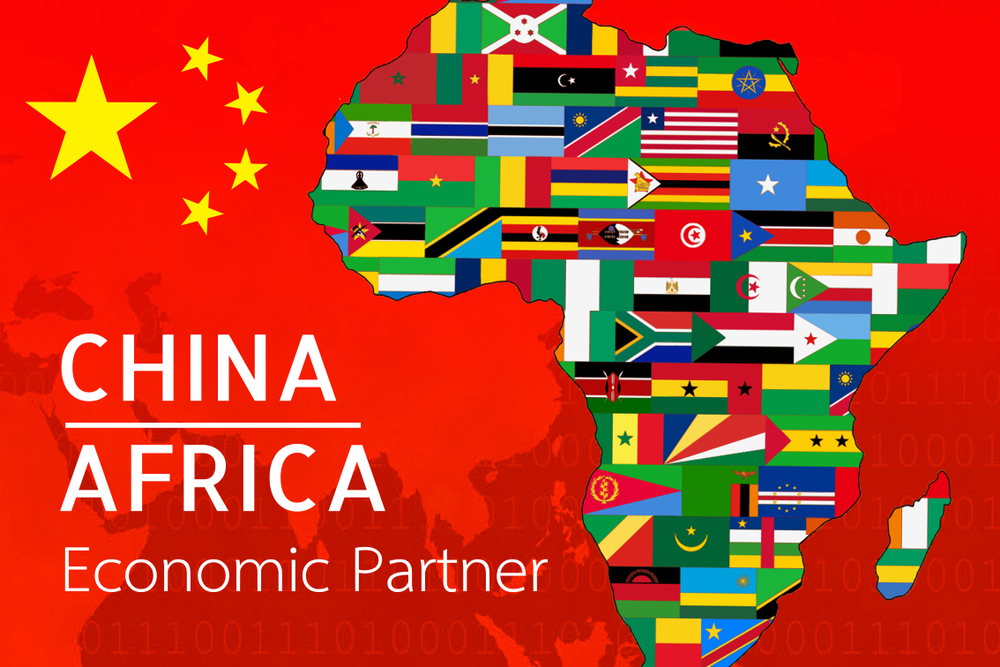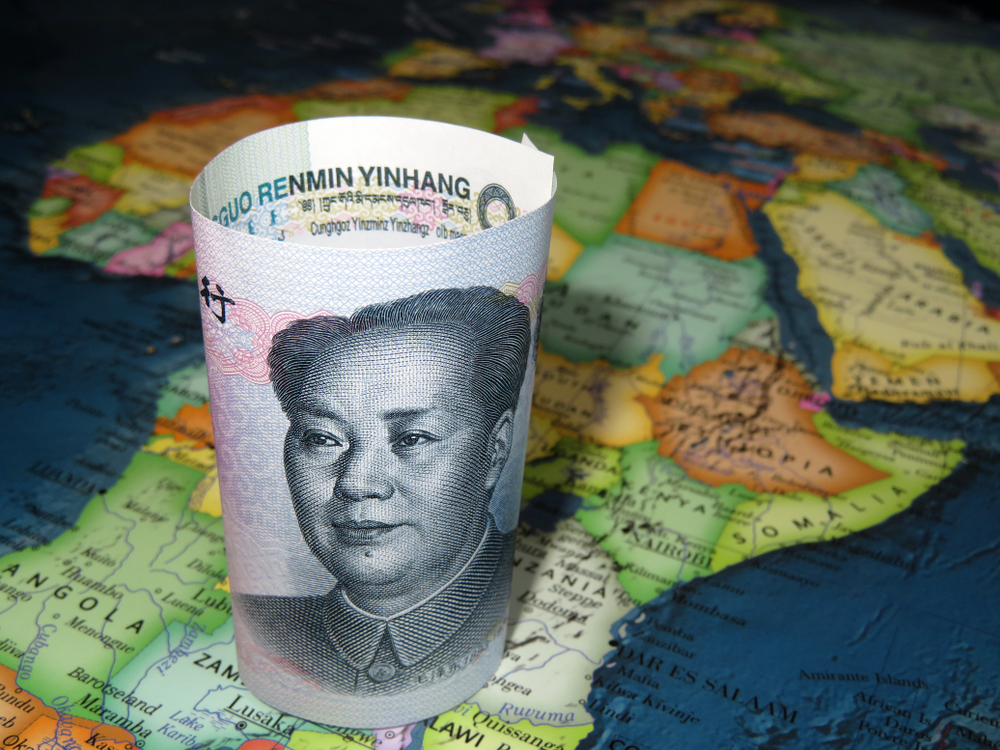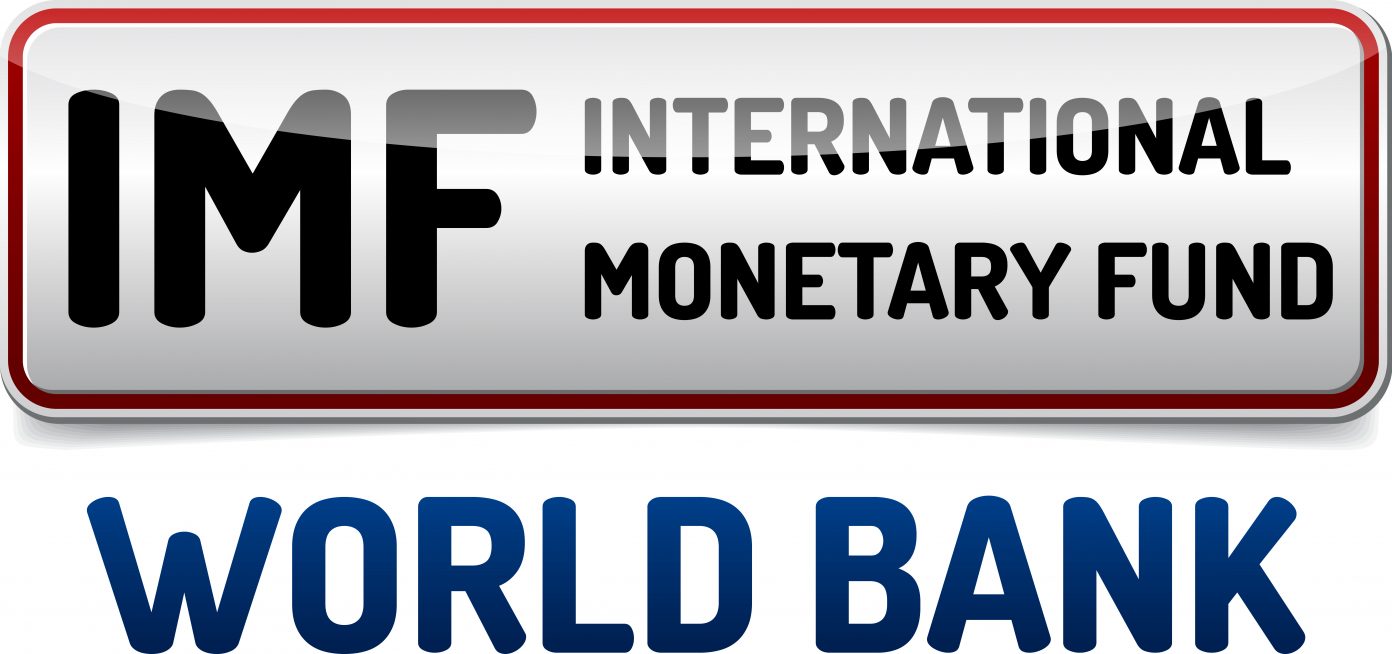
Irresponsible government borrowing has caused debt in many African countries to reach crisis level. Over the past 10 years, more than $80 billion in bonds have been issued to thirsty European investors by governments in Africa south of the Sahara, with public debt now making up about half of GDP. Bilateral loans, especially from China, add to the crisis. Now, a decade after a continent-wide write off, the debt is increasingly looking toxic with each passing day thanks to rampant corruption within governments, a cost that citizens are often forced to bear through higher taxes.
Also read: Bitcoin Trading Flourishes on Whatsapp Following African Exchange Closures
Africa’s Debt Problem Hitting Crisis Levels, as Continent Signs Away Resources to China
African governments have a taste for the finer things of capitalism, which often involves putting citizens up for austerity and signing away strategic resources as collateral to offshore loan sharks. In the early 1980s, governments borrowed heavily from the World Bank, the International Monetary Fund and the Paris Club until they were blacklisted for failing to honor their obligations.
But this has not discouraged them from borrowing. A willing lender, China, is in town, casually flying loans to eager African leaders. Loans from the Asian economic giant are especially appetizing to most regimes because they come with no strings attached as far as issues of human rights, governance and democracy are concerned.

China’s aggregate loans to Africa reached $124 billion by end of 2016 from just a few millions 16 years earlier, according to figures compiled by the China-Africa Research Initiative (CARI) at Johns Hopkins University School of Advanced International Studies in the United States. Several African countries such as Angola, Ethiopia, Sudan, Kenya and the Democratic Republic of Congo, topped the loan beneficiary list.
Angola received about $21.2 billion, much of it going into the oil sector, building new cities and other infrastructure developments. To better manage its natural resource wealth, like oil, and to help facilitate social and economic development, Angola set up a sovereign wealth fund.
This is the fund, which Jose dos Santos, son of former president Eduardo, who managed it, is accused of pilfering to the tune of $500 million. Dos Santos has since been arrested and placed under “preventive detention.” However, the allegations against him reflect more a widespread continental problem, in which high ranking public officials help themselves to state funds, putting the country at risk of defaulting on external debts. Often, citizens are forced to pay for indiscretions by a few corrupt individuals in government through higher taxes.
Zambia “Sold” to the Biggest Lender
It is crucial to highlight that debt has not always translated to better living conditions for ordinary Africans. In most cases, government officials’ borrowed affluence starkly contrasts the breakdown of social services and the austerity that comes with the day of reckoning. Zambia, perhaps, epitomizes Africa’s evolving debt problem, not only in the sense of rising toxic Chinese loans, but borrowing in general.

Indications are that 28% of Zambia’s debt is owed to China. Rumors have swelled that the Asian economic powerhouse may attach some of the Southern African country’s infrastructure if it defaults. Smart recolonization might just be underway. “Given the lack of transparency by the Zambian government on its borrowing, there is a real danger that Zambia too might fall into the Chinese debt trap,” said Sara Longwe, chairperson of Zambia’s Civil Society Organisations.
Government officials in Zambia have been accused of fueling debt through corruption and inflating tender prices. Reports say much of the money Zambia borrowed was stolen. At some point, prices on fire engines inflated by about 70% to above $1 million each, while road tenders doubled in price surreptitiously. But officials blame falling copper prices, Zambia’s economic mainstay, for the debt default.
Debt – the Surgical Warhead Piercing Through the Heart of African Economies
Elsewhere in Africa, data shows that more than $80 billion in bonds have been issued to investors in Europe by governments in Sub-Saharan Africa, with public debt now making up about half of Gross Domestic Product (GDP). According to the World Bank’s “Africa Pulse” report released this week, debt rose in about two-fifths of African countries in 2017 and was above 60 percent of GDP in one-third of the countries.
“During 2018, government debt rose rapidly in Angola and Zambia, partly due to continued currency depreciation. Chad finalized the restructuring of its oil-collateralized debt, which would reduce the country’s debt service payments. In addition to the rise in debt ratios, change in the composition of debt has made many countries vulnerable to changes in financing conditions,” the World Bank said.

In Zimbabwe, external debt stood at $11.3 billion last year, nearly 80 percent of the country’s gross domestic product (GDP), with the country having piled up arrears and interest, and penalty charges on existing payment arrears.
For a country that piled up $5.2 billion debt in less than 10 years, since dollarization in 2009, the Zimbabwe government’s failure to guarantee basic services, such as safe drinking water, paints a typical conundrum. The World Bank noted that as countries have gained access to international capital markets, and non-resident participation in domestic debt markets expanded, non-concessional debt has increased.
According to the report, non-concessional financing accounted for more than 50 percent of total public debt in six countries – Côte d’Ivoire, Ghana, the Republic of Congo, Sudan, Zambia, and Zimbabwe – and more than 30 percent of total public debt in several other countries such as Chad, Senegal, Mozambique, and Ethiopia.
Debt sustainability has generally deteriorated in several countries in Africa. By the end of last year, eight countries were listed as in debt distress under the World Bank–International Monetary Fund Debt Sustainability Framework.
Economist Dambisa Moyo’s “Winner Take All: China’s Race for Resources and What it Means for Us” casts China as the hungry protagonist, mapping examples such as a Chinese company’s purchase of one of the world’s most copper-rich land masses from Peru. With the season of goodies continuing with no end in sight, debt may well be the more surgical warhead in the sprawling empire’s war chest, which, of course, is ably aided by runaway corruption within governments.
What do you think about Africa’s debthird situation? Let us know what you think in the comments section below.
Images courtesy of Shutterstock
Make sure you do not miss any important Bitcoin-related news! Follow our news feed any which way you prefer; via Twitter, Facebook, Telegram, RSS or email (scroll down to the bottom of this page to subscribe). We’ve got daily, weekly and quarterly summaries in newsletter form. Bitcoin never sleeps. Neither do we.
The post Irresponsible Borrowing Leaves Africa on Brink of Debt Crisis – Again appeared first on Bitcoin News.
Powered by WPeMatico
